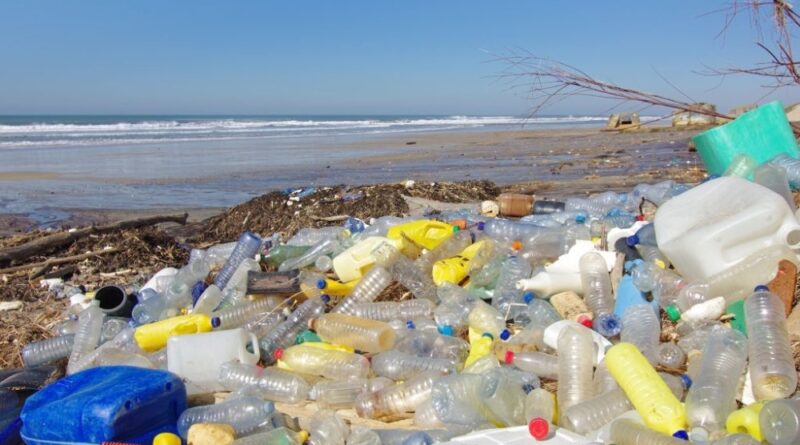The impact of plastics and Petroleum products on the environment
Experts continue to raise alarms about the use of petroleum-based products that damage the atmosphere, contributing significantly to climate change, which leads to droughts, floods, extreme heat, and wildfires devastating forests.
While efforts are being made to encourage the adoption of alternative solutions where possible, the challenge of producing plastics without relying on petroleum remains a daunting task.
At least 14% of the petroleum extracted annually is used in the production of plastics.
It is estimated that plastics account for 3.4% (1.8 billion tons) of global greenhouse gas emissions, a percentage higher than that of aviation (1.9%) and shipping (1.7%).
When breaking down the pollution caused by plastics, 60% comes from their production, 29% from distribution, and 11% from disposal after use.
On the flip side, it is estimated that at least 6,000 essential daily-use items in human life are made from petroleum-based products. These are predominantly household and medical supplies.
While it is difficult to determine the exact amount of plastics used in healthcare, many studies indicate that 30% of the waste from the health sector consists of plastics. Moreover, one-third of the waste generated in intensive care units comes from plastics.
Some countries have opted for strategies to reduce plastic use, introducing alternatives in areas where plastics were once ubiquitous.
For example, Rwanda has taken significant steps to eliminate single-use plastics, replacing them with biodegradable alternatives like paper.
Reports show that 40% of the 450 million tons of plastics produced annually are used for packaging.
It is evident that if more countries embraced initiatives similar to Rwanda’s, it would make a substantial contribution to reducing plastic usage and environmental pollution.
But is a plastic-free life even possible?
While phasing out single-use plastics is feasible, eliminating their use in healthcare seems far from achievable at the moment.
The medical sector is increasingly relying on single-use plastics, which hinders the overall progress made in reducing plastic consumption.
It is estimated that by 2050, there will be more plastics in the ocean than fish.
Plastics discarded in landfills, after many years, begin releasing chemicals such as ethylene and methane, which pollute the atmosphere 84 times more than carbon dioxide over a 20-year period.
Statistics reveal that only 9% of plastics are recycled into other products.
Research shows that 90% of marine birds and 52% of aquatic life have ingested plastics. Every year, over a million of these birds and more than 100,000 marine mammals die due to the impact of plastic pollution.
There are still questions about how the healthcare sector can transition to non-plastic materials, and the idea of eliminating plastics from households any time soon seems unlikely.
From toothbrushes to kitchen utensils, most essential household items are made of plastic.
Efforts will continue to address the impact of plastics on the environment and the atmosphere, aiming to reduce their use. However, the idea of a world completely free from plastics seems unlikely in the near future.

